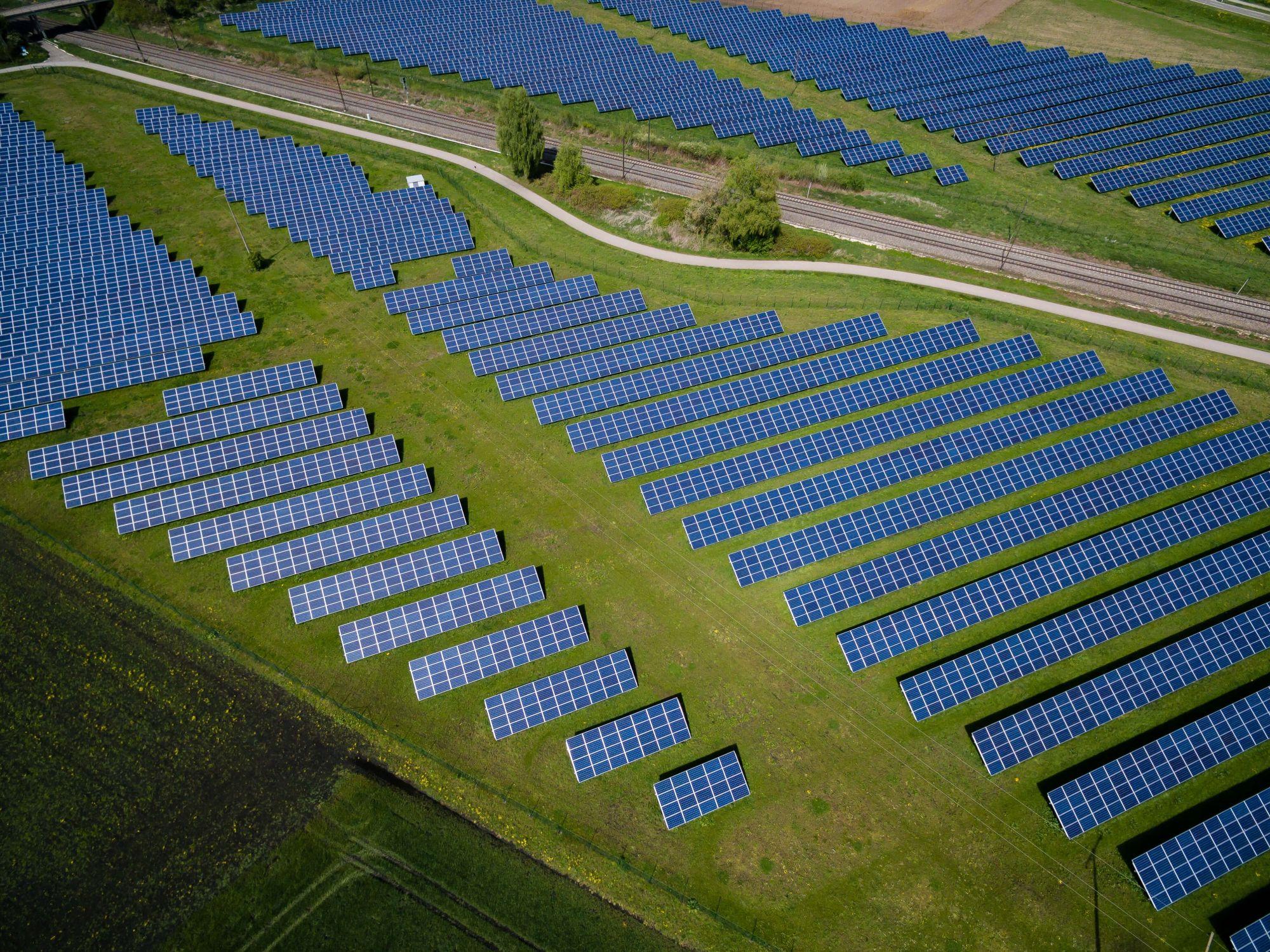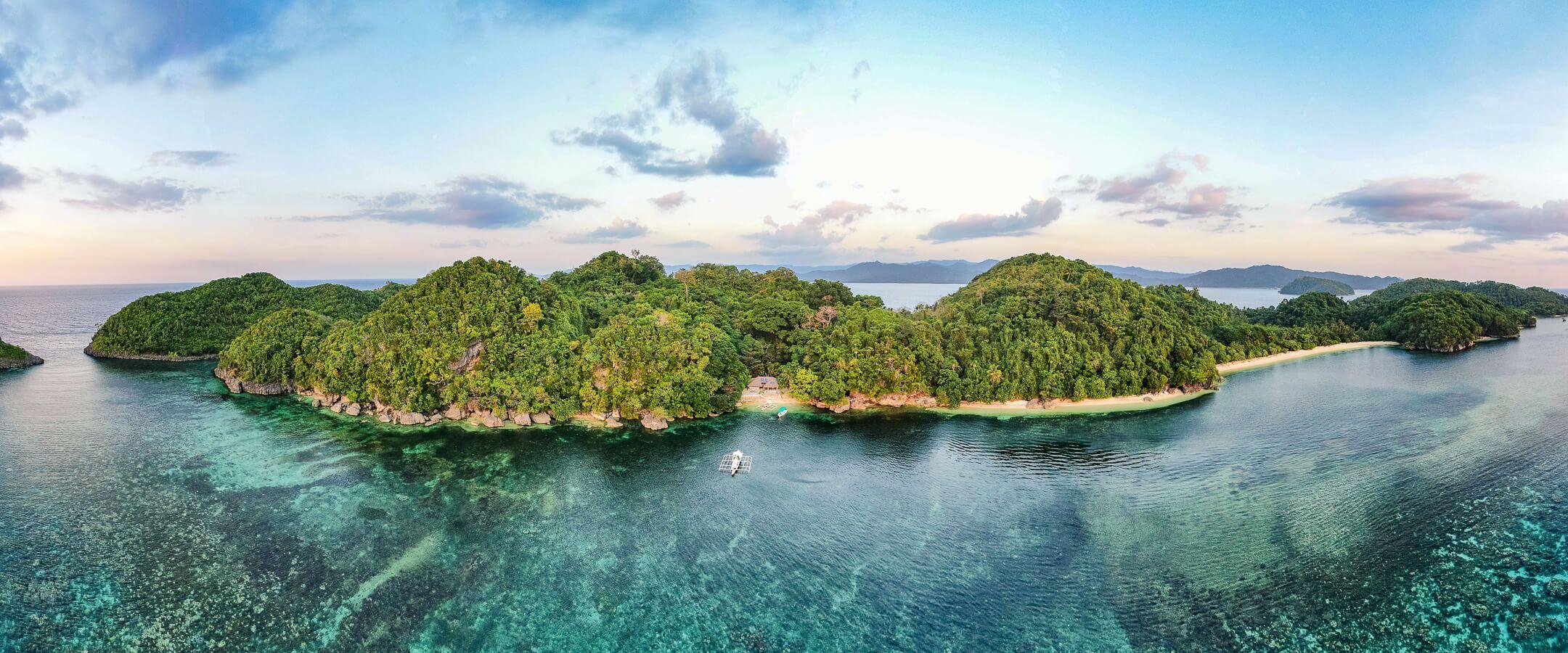Catching Clouds in Morocco
High in Morocco's Anti-Atlas mountains, Jamila Bargach has found water where none seemed to exist. As Director of Dar Si Hmad, she’s transforming morning mists into lifelines for the foothills’ drought-stricken communities.
Young Jamila stood on her family’s second-floor balcony watching in bewilderment as they carefully lowered a new broom by rope into the courtyard below. It was the sacred month, and tradition forbade bringing the object through the front door - an act that would scatter their home's good fortune to the winds.
Her Western education - a legacy of French colonial influence in Morocco - made such customs seem primitive; Jamila was learning to value science over ancestral wisdom, to think like the coloniser, not the colonised.
“I remember ranting about how close-minded it was,” she recalls. “Now I realise that there was a huge symbolic aspect to that.”
This shift mirrors Jamila's professional evolution from academic anthropologist to co-founder of Dar Si Hmad, an organisation whose innovative fog-harvesting project now delivers clean water to previously parched villages across Southwest Morocco's Anti-Atlas Mountains.
From Salé to the Atlas
Growing up in Salé, one of Morocco's oldest cities, Jamila felt caught between worlds. She lived in the ancient medina, steeped in traditional values, but studied in the modern French-created city of Kenitra. These cultural tensions between old and new shaped her youth.
In 1989, a scholarship took her to the United States, where she arrived as the Berlin Wall fell. It was in America that she discovered anthropology, a field that wasn’t taught in Morocco's universities.
“It was seen as a discipline of the colonial powers,” Jamila explains. “Anthropology would wedge differences rather than unity.” Post-independence Morocco prioritised collective identity over cultural differences. Yet this “coloniser's discipline” would eventually become her tool for validating the indigenous knowledge systems it had once dismissed – a profound irony she now embraces.
After earning her PhD in Cultural Anthropology, the September 11 attacks became another pivotal moment. The cultural tensions that emerged globally pulled Jamila back to Morocco, where she felt uniquely positioned to bridge divides.
While teaching architecture in Rabat, she met her now-husband, who introduced her to his homeland - the remote Ait Baamrane territory. This personal connection evolved into a professional calling when Jamila discovered her life's work in this harsh landscape.
There's traditional indigenous knowledge here. One must be aware of what you're bringing—that you're not totally imposing.
Where Sands Meet Sea
Seven hours by car from Rabat, the Ait Baamrane region sits between the Atlantic Ocean and the vast Sahara desert – a stark boundary where desert winds clash with ocean currents. A harsh landscape that tells a story of struggle.
Receiving less than 150 millimetres of rain each year and bearing the scars of colonial neglect (Ait Baamrane gained independence from Spain in 1969), the region faces a daily battle for survival.
“It's very tough,” she notes of the landscape. Once an area of lush agriculture and thriving communities, its recent history is now one of forced mass migration due to poverty.
Rocky terraces climb mountainsides where families once cultivated crops, now abandoned to drought. Villages perch on hillsides, their empty stone houses standing monuments to climate displacement. These abandoned settlements weigh heavily on Jamila’s heart.
“Whole communities migrated because they didn't have any source of income,” she says, describing the compounding effects of drought, poverty, and climate change that began in the 1980s. “You have so many villages that are unoccupied. There are just ruins.”
For those who remained, daily survival was a struggle, with women spending up to four hours daily fetching water, often of poor quality. Yet this place has something remarkable - thick, consistent fog that drapes the mountains for about six months each year. This coastal mist forms when cold Atlantic currents from the Canary Islands meet warm Saharan air, creating dense fog that local winds push inland to the rocky mountain peaks.
Catching Clouds
Jamila and her husband, Dr. Aissa Derhem, recognised this untapped potential. They rallied a dedicated team and the local community with an unprecedented idea: harvest the mist that had surrounded these villages for centuries.
In 2010, they founded Dar Si Hmad and set about catching clouds.
The process is elegantly simple: “Fog rises because of pressure and because of the cold currents in the sea,” Jamila explains. “Wind pushes the fog through a passive system with nets. Fog passes through, molecules of water get trapped. And that's it.”
But making it work required innovation. When previous nets were repeatedly shredded by winds exceeding 126 kilometres per hour, the team knew they needed something revolutionary. Today, 31 massive CloudFisher nets atop Mount Boutmezguida collect up to 35 tons of water weekly.
Developed by engineer Peter Trautwien at Aqualonis specifically for Morocco’s unique conditions by Germany's Water Foundation, these advanced collectors represent a breakthrough in fog-harvesting technology. The system works like clockwork: droplets run into gutters, flow to underground 1,100 cubic metres containers, get mixed with minerals to meet health standards, and then are piped directly to households across 16 villages.
The fog water's purity has unexpected benefits - it makes excellent coffee and is prized for washing hair and skin. But more importantly, what began as an experimental project has grown into the world's largest fog-harvesting system - the only one of its kind in North Africa.
Jamila's anthropological training taught her to recognise the irony: she now uses Western scientific methods to validate the very indigenous wisdom that colonial education had once taught her to dismiss.
We can no longer afford our sick planet to have huge central services of water delivery. Things need to be downscaled and let us use the resources that we have available, and fog is one.
Water Flows, Lives Change
Water access has transformed communities dramatically. Residents have installed kitchens and hot showers. Small-scale agriculture has returned. The aquifer, no longer over-pumped, has begun to recover. “Even the water levels in the wells have gone up because they just don't use them anymore,” Jamila notes.
The changes create lasting memories. A young boy once approached her on a mountain trail, asking in careful French, “Are you the folks who give us water?” A woman shared how she now has time to welcome guests instead of spending her days fetching water from distant sources.
Yet this transformation brought unexpected cultural complexities that trouble Jamila. When piped water arrived, women - traditionally the “water guardians” - suddenly faced a fundamental shift in their cultural role.
“They would spend incredible amounts of time getting water,” she notes, describing how women once managed complex water allocation systems for prayers, tea, bread, children, elderly family members and animals. “They brought the water, they guarded this water, they had to distribute the water according to hierarchies of value. So in a sense, this role for distribution of water is no longer there.”
The paradox weighs on her - piped water has diminished women's traditional value and turned them from guardians to consumers. The moment you install pipes, she observes, citing an anthropologist's work on water infrastructure, “…it becomes a male thing. Because it's engineered.”
This complexity fuels Jamila's thoughtful approach to development work. “There's traditional indigenous knowledge here. One must be aware of what you're bringing—that you're not totally imposing.”
Yet dependency creates obligations - communities have adapted completely to this new reality, meaning Dar Si Hmad has a real obligation to continue with the projects.
Beyond the Mountains
The success in Morocco's mountains represents more than just local water security. Dar Si Hmad operates on two interconnected levels: providing immediate relief and demonstrating that alternative, decentralised water solutions can work globally.
Beyond direct water delivery, the project has expanded into interconnected initiatives. They've transformed an abandoned, rocky plot into a model farm that uses fog water for irrigation, demonstrating sustainable agriculture while preserving indigenous crop varieties.
“We are an illustration of a successful project,” Jamila argues. “We can no longer afford our sick planet to have huge central services of water delivery. Things need to be downscaled and let us use the resources that we have available, and fog is one.”
The timing couldn't be more critical. With three out of four people worldwide expected to face drought impacts by 2050, their fog-harvesting success carries global significance. In Morocco alone, climate hazards threaten 1.9 million people with internal displacement by 2050.
Against this backdrop, Dar Si Hmad participates in conferences worldwide, showcasing locally-appropriate solutions to the water crisis. This represents a full circle moment for Jamila - from studying how communities adapt to their environments to actively demonstrating how ancient wisdom about working with natural cycles can inform modern climate solutions.
What started as a local intervention has become a model for community-centred resilience worldwide.
The Work Continues
Despite the broader challenges of climate change, drought, migration, and funding, Jamila remains steadfast and hopeful. Her optimism comes from seeing how small, thoughtful interventions accumulate into meaningful change.
“If we're to string all the positives, the small initiatives, the medium-sized initiatives, I think that you'd have really a good chance of considering the future of the planet differently,” she reflects.
Currently undergoing major restructuring, Dar Si Hmad is working toward becoming a public utility in Morocco - a status that would enable better fundraising and create sustainable livelihoods.
Jamila's days are a whirlwind of coordination between university teaching in Agadir and foundation work in the mountains. During our interview, she seamlessly switches between languages as colleagues call about water system maintenance, her multilingual skills bridging different worlds of knowledge and action.
As our conversation ends, her phone buzzes again - a reminder that behind every inspiring innovation lies the daily reality of maintenance, logistics and service. Just as she came to recognise the wisdom in her grandmother's seemingly superstitious broom ritual, she has created an organisation that honours traditional knowledge while embracing innovation.
Like the fog that seemed like empty air until it became life-giving water, she has shown that solutions often hide in what others dismiss.
Most Popular
The Climate Tribe delivers stories about Biodiversity and Conservation, Circular Economy, Food and Water , and how they intersect with climate.
Subscribe
Get the latest stories inspiring climate action around the globe straight to your inbox.





